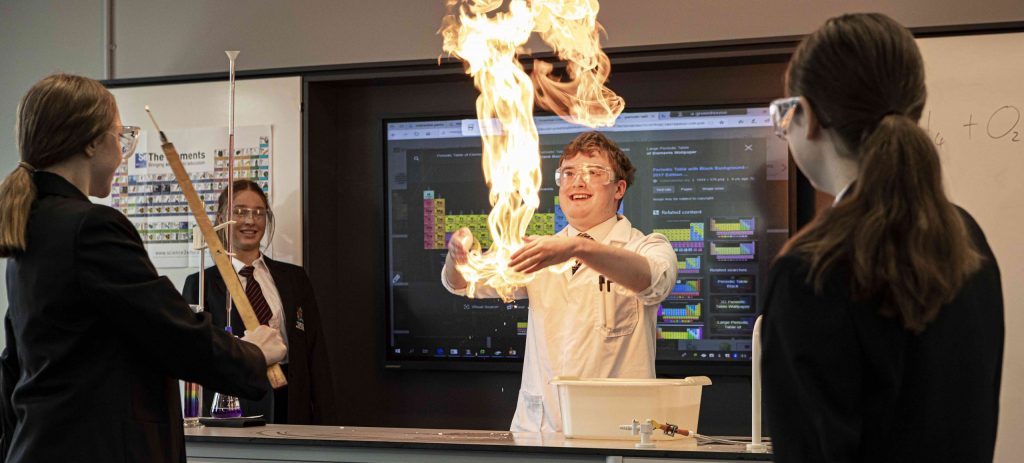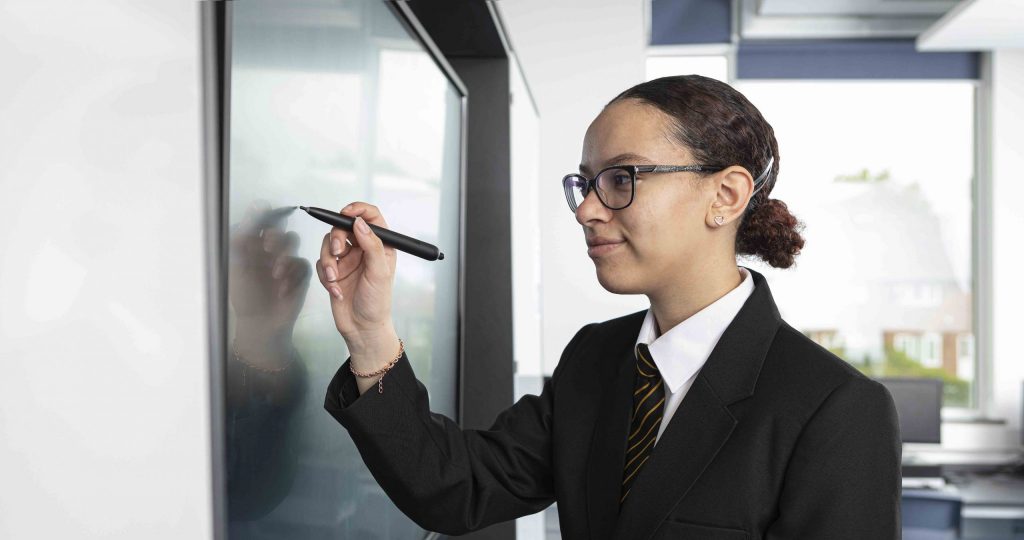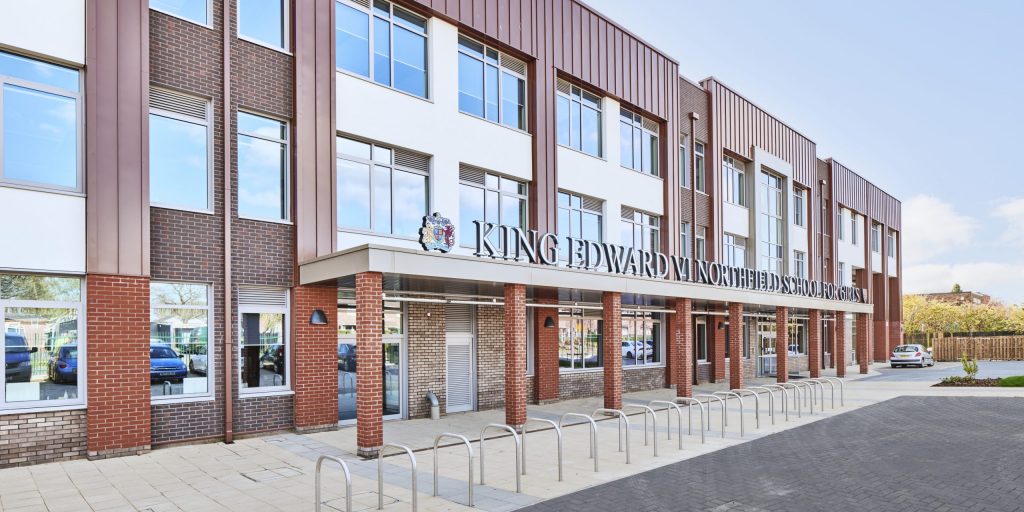Using creativity and imagination, pupils design and make products that solve real and relevant problems within a variety of contexts, considering their own and others’ needs, wants and values.
They acquire a broad range of subject knowledge and draw on the linked disciplines of mathematics, science, engineering, computing and art.
Graphic Design prepares pupils for employment in the field of graphic communication. It emphasizes creative application of design principles and problem solving in graphic design and communication, using both traditional and digital tools.
The study of Graphics at KS3 contributes significantly to our fulfilment of the National Curriculum requirements for Design and Technology ensuring that all pupils develop their design, make, evaluative skills and technical knowledge throughout their technology experience.
Graphic Products at KS3 is an imaginative and creative subject that allows pupils to express themselves through their work. The subject focuses on the manufacture of high quality products with the overall finish being all important. Examples of the type of work undertaken by pupils at KS3 include the art of creating logos, advertising, packaging, page layout, colour and typography. Over the key stage pupils learn a wide range of 2D & 3D drawing techniques, both hand-drawn and computer generated.
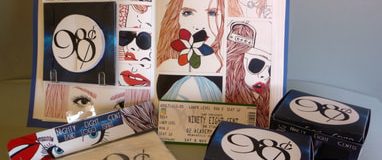
Graphics at KS4
GCSE Graphics Communication is offered at a KS4 as an option subject. The course is comprised of 60% controlled assessment in which the theme or project brief is set by the department, and 40% set task (exam project) with a wide choice of briefs set by the examination board.
The course is structured around developing skills in relation to graphical communication in four assessment objectives:
1. Develop: Developing a range of ideas from a given starting point that show understanding of your source material and that are informed by the work of artists and designers.
2. Experiment: Refining your ideas by exploring and making appropriate and thoughtful choices from a range of media, techniques and processes.
3. Record: Recording observations and insights relevant to your intentions, for example by, drawing, taking photographs, making notes.
4. Present: Presenting personal, informed and meaningful work that shows critical and analytical understanding, realising your intentions (in a final piece).
All pupils begin their studies with projects aimed at introducing GCSE working practices, learning about assessment objectives and developing confidence and independence with a range of media and processes. These may include packaging, advertising and promotion. In Year 11, pupils work towards their mock exam, and from January commence work on their Set Task Project, culminating in a 10 hour examination in April.
2-Year KS4
| Term | Yr 10 | Yr 11 |
|---|---|---|
| Autumn | Course Introduction Development of skills in drawing, lettering, materials ICT programmes Movie Poster project | Gallery Visit Artist and designer research Development of ideas e.g. logos, photography, observational drawing, constructions, designs, CAM, Promotional products, Prototypes Mock Exam Present Controlled Assessment Introduction of the final exam brief |
| Spring | Packaging project Design brief Research e.g. looking at existing products and disassembling Development of ideas e.g. logos, photography, observational drawing, constructions, designs, CAM, promotional products | Design brief for final exam Research e.g. looking at existing products and disassembling Development of ideas e.g. logos, photography, observational drawing, constructions, designs, CAM, promotional products |
| Summer | Prototypes Mock exam Introduction to Yr11 mock exam Writing a design brief Research | Exam |
